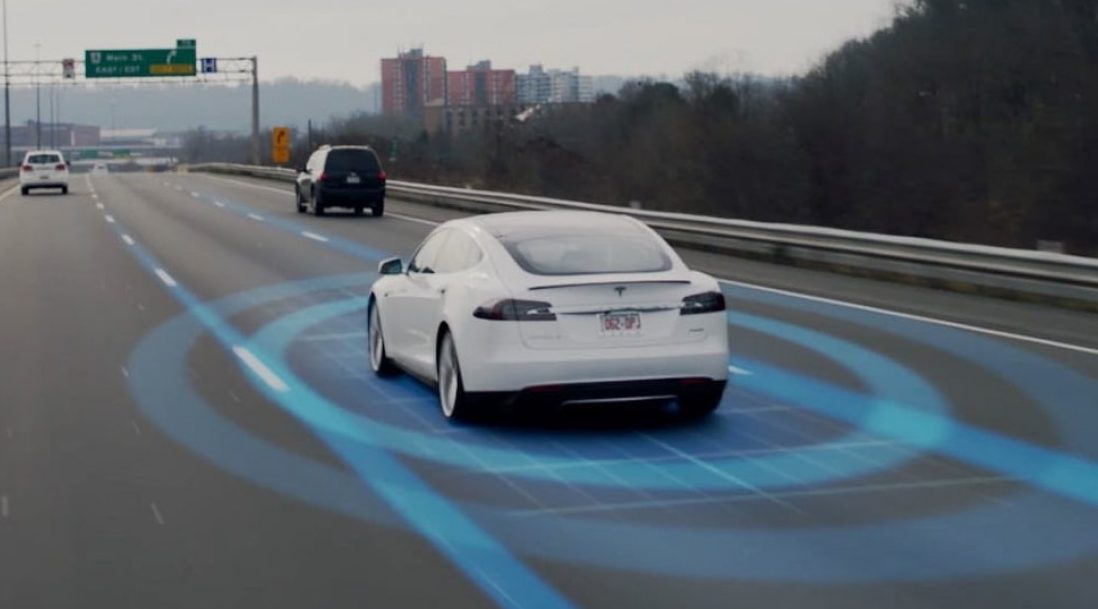As drivers hit the road this holiday season, there is possibility of interacting with Advanced Driver Assistance System (ADAS). Whether you drive an equipped vehicle, or are reacting to one, you may have a case involving ADAS. A basic understanding of some of the more common features is important.
Basic Systems Overview
Adaptive Cruise Control (ACC)
Adaptive Cruise Control (ACC) is a forward-facing radar system allowing a vehicle to maintain speed, until recognizing a slower vehicle ahead. The system will slow or stop the vehicle until the path is clear, then accelerate back to the set speed. If you drive a vehicle with ACC, be aware that a vehicle changing lanes in front of you can cause your car to suddenly apply the brakes. This happens because it is trying to maintain that set separation distance. Maintaining safe following distance is crucial whether a vehicle is equipped with ACC or not. Vehicles traveling ahead of you may be equipped and can slow down quickly when least expected.
Lane Keep Assist
This provides automatic steering and/or braking to keep the vehicle in its travel lane. This system relies on cameras to detect the road lines and keep the vehicle centered between them. While these systems are getting better every year, there are unusual road conditions that will confuse the system. In the photo below, the AutoPilot system almost steered this Tesla into the construction barrier on the left. Notice how the roadway line is visible on the right. A vehicle equipped with ADAS can see the road lines, but in some situations, does not recognize the obstruction. In this case, the vehicle intentionally steered into the construction wall in response to the identified roadway lines. This will likely be an issue for roadway construction companies in the future. How do you modify roadway construction areas to accommodate vehicles with ADAS?

Automatic Emergency Braking (AEB)
AEB is designed to prevent or lessen the severity of a collision. The same radar system used in ACC allows the vehicle to recognize an imminent collision and apply the brakes to avoid the obstacle. These systems are continually improving but are not without the occasional glitch. Personally, I have driven a vehicle on open road when it suddenly applied the brakes for less than a second. The AEB system falsely detected something ahead of us and attempted to avoid it.

Some drivers on the road do not fully understand the limitations of these systems and rely on them too heavily. Drivers are lured into a false sense of security by automated features and doing other things while driving. Technology will likely change in the future. For now, the ADAS systems still require some human intervention in emergency situations.
How is this data useful after a collision?
Much like how the airbag systems record some pre-crash data, several ADAS systems have similar features. Many of these systems can capture more detailed data for a much longer period of time than the airbag modules. Sometimes this data even includes pictures of the road ahead just before the crash.

Using specialized hardware and software, Kittelson personnel can retrieve this data. We use it to better understand how automated systems were reacting to the event. Did the ADAS contribute to the collision or did it attempt to mitigate it? Was a driver relying too heavily on the ADAS systems and not attentive to the road ahead? Here at Kittelson LLC, we can help you answer these questions and more.
For more information or questions, call us at (979) 693-5800.

